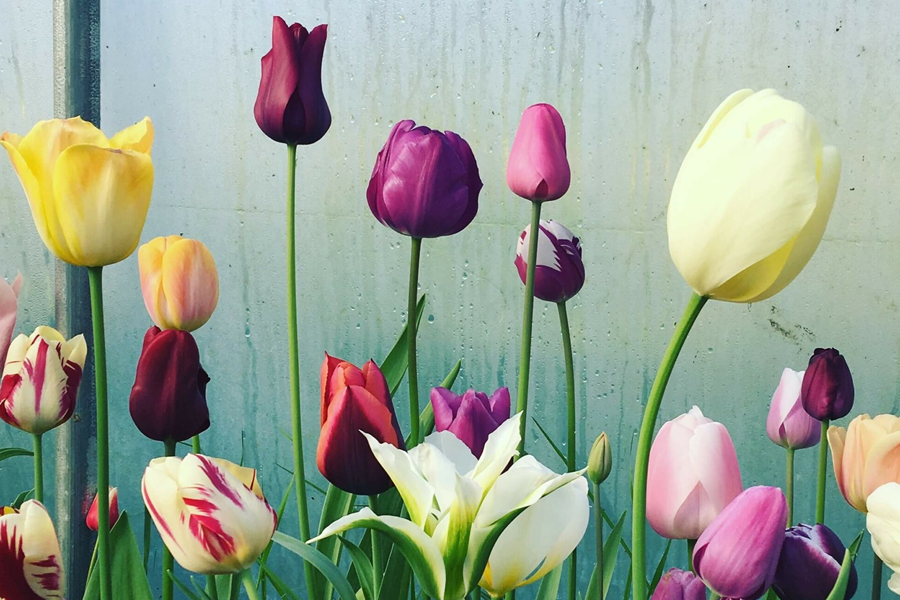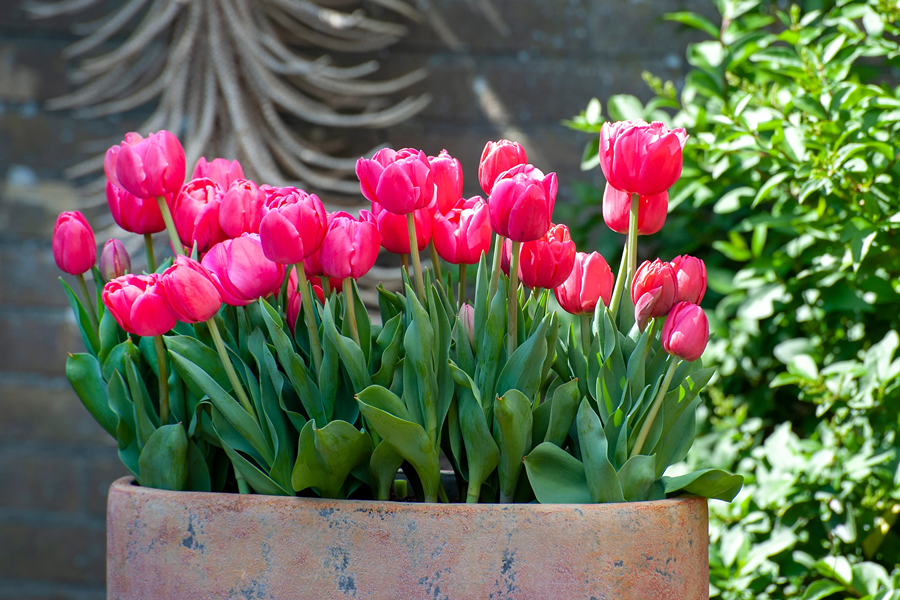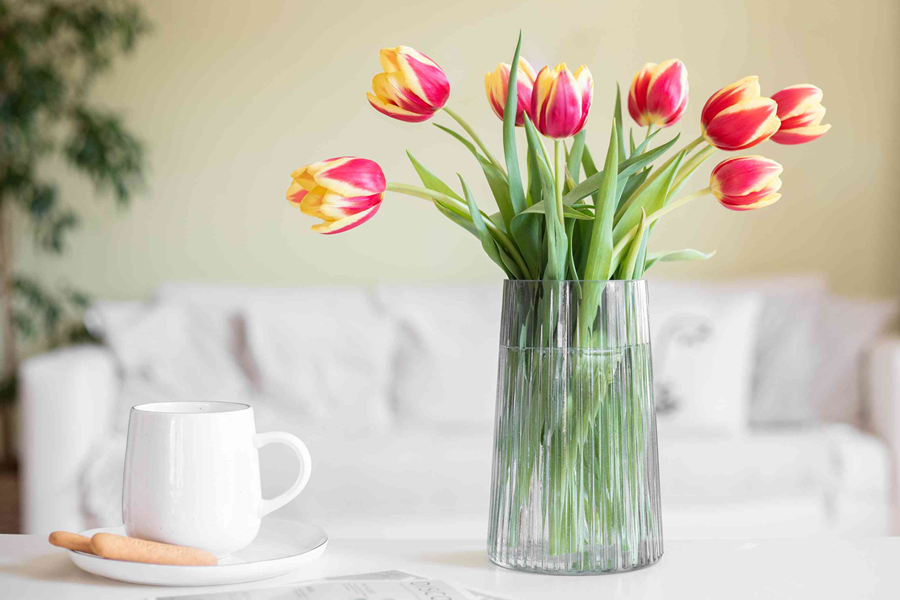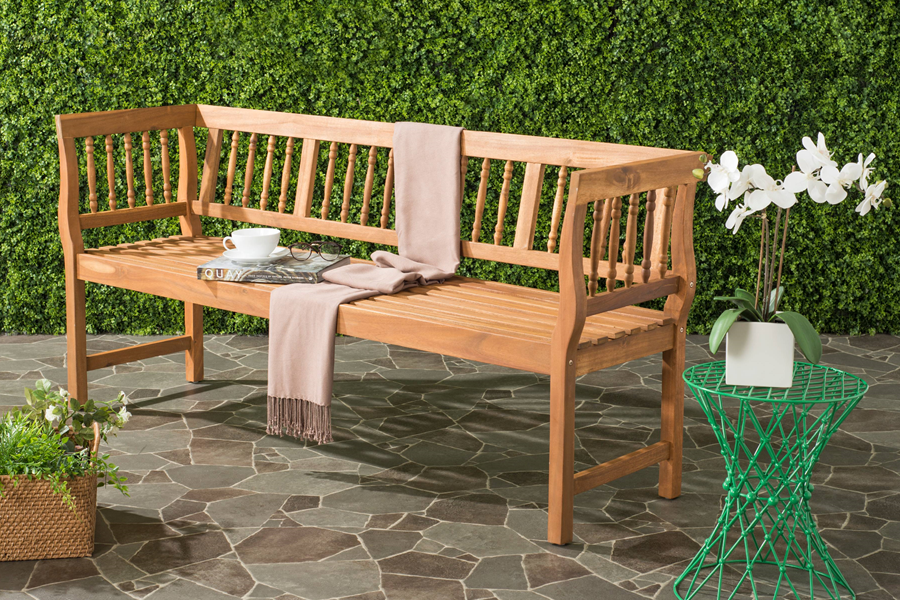Tulips can be hard to care for, but they deserve it! Easily neglected, tulip flowers need special attention to produce vibrant blooms. Learning how to care for these flowers is not only rewarding but also a necessary step to enjoy each of their wild and elegant colors. Follow these tips, and you will no longer be let down by floral disappointments.
Planning
The first step in growing tulips is deciding which variety you want to plant. This can be difficult since the color of various plants will vary depending on the individual flowers’ coloring. Furthermore, tulips can be divided into categories based on many factors, including their size and aroma. Trying several varieties allows you to decide which flowers’ textures, scents, and colors you want in your garden.
Culture
The next step is to add a suitable drainage layer to your garden so that the groundwater does not cause any problems with your tulip flowers. This layer should be at least 3 inches deep for the bulbs to flourish, and removing it when the tulips are not in bloom will prevent overwatering and root rot.

After planting your tulip bulbs, you will need to center them in their container so that they do not look out of place due to their size. A container with good quality potting soil will ensure that they do not dry out while preventing pests from entering your garden through the soil’s openings.
When adding the final layer of soil to your containers, remember that a layer of mulch is often a good idea for thwarting fungus and pests – even though tulips are not typically bothered by them. Mulch also helps maintain an optimal moisture level in the soil, keeping the flowers hydrated.
Maintenance
After planting your tulip flowers, you will need to water them frequently. The amount that you should water will vary depending on where you live and when your tulips bloom; during dry spells, though, remember that it is crucial to let the soil dry out slightly before watering it again. This is because too much water can cause root rot or fungus and make your flowers wilt quickly.

Once the flowers bloom, you must focus on the soil and ensure it stays moist. If a layer of mulch is present on top of the soil, it can be removed, but if not, put some organic matter on top of your tulip bulbs. Only add organic matter after the flowers have already bloomed and are no longer in bloom because this will prevent too much fertilizer from being used.
Keep an eye on pests and diseases.
Finally, remember that tulip bulbs still dormant are not completely off-limits to insects and other pests – heartsease and daffodils are notorious for attracting aphids in early summer. To prevent the growth of these pests, you will need to spray the bulbs with insecticidal soap. Furthermore, remember that tulip bulbs rotting or coated in scales are not healthy and may require a visit from the gardener. This can either be done by removing the bulb or, if it is in an area that cannot be reached easily, using a non-toxic fungicide will help to prevent it from spreading into other areas of your garden.
Tulip flowers are a welcome addition to any garden, and with the tips above, you can easily grow and care for them. These flowers need special attention, but they are well worth the effort.




